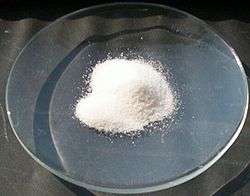This article may need to be rewritten to comply with Wikipedia's quality standards.(January 2022) |
| Poisoning | |
|---|---|
 | |
| Hazard Symbol (Pictogram) for Poisonning | |
| Specialty | Toxicology |

Poisoning is the harmful effect which occurs when toxic substances are introduced into the body. [1] The term "poisoning" is a derivative of poison, a term describing any chemical substance that may harm or kill a living organism upon ingestion. [2] Poisoning can be brought on by swallowing, inhaling, injecting or absorbing toxins through the skin. Toxicology is the practice and study of symptoms, mechanisms, diagnoses, and treatments correlated to poisoning. [3]


